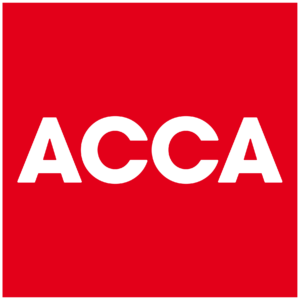CBHC Financial Advice
Would you like to generate free electricity for your business to
use, and also get paid for the privilege? By putting photovoltaic (PV)
panels on the roof of your premises, you can have your cake and eat it
too.
Thanks to developments in technology, the latest generation of
silicon-based photovoltaic (PV) cells can convert more than 15% of the
received energy from the sun into useable electricity – can you imagine
how much harnessing this power could reduce your business’s running
costs? In addition, you could actually get paid for generating and using
your own electricity, so it’s a win-win situation.
The government has introduced the Feed-in Tariff (FiT) to encourage
home- and business-owners to invest in their own solar power systems,
and payments have been guaranteed for 25 years. The rates paid depend on
the size of the array, varying from 30.7p to 43.3p per kilowatt hour,
plus there’s an export tariff of 3.1p per kilowatt hour for any
electricity fed back into the grid.
Of course, the amount of power that a system can generate will depend
on a variety of factors – but surprisingly the weather is not one of
them, since PV still generates electricity on a cloudy day (although
maybe not quite as much as on a brilliantly sunny day). Bear in mind
that shading from trees or other buildings will also limit the panels’
effectiveness. Geographic location will also have an influence on the
levels of irradiance (with southern England faring better than further
north), while aspect should be considered too – due south is the optimum
orientation, although solar collectors will still work efficiently
between south-west and south-east. The array should also be tilted by
about 30 degrees to the vertical to optimise exposure to the sun’s
power, but this doesn’t preclude flat roof installation (frames are
available to ensure this angle).
To find out exactly what sort of income and energy savings you could
make you’ll need to speak to an expert, who can model a specific system
design for your building, and provide figures on expected yields. As
with other types of project, it’s best to obtain several comparable
quotes before making your choice of installer – remember, too, that in
order to qualify for the FiT, both the installer and the product need to
have the appropriate Microgeneration Certification Scheme (MCS)
accreditation.
To find out more about the technology, manufacturers, and to find an
installer in your area, visit www.microgenerationcertification.org.
For tailored advice on how to best manage your personal and business finances, get in touch with us today and find out about how CBHC can help you do more with your money.









